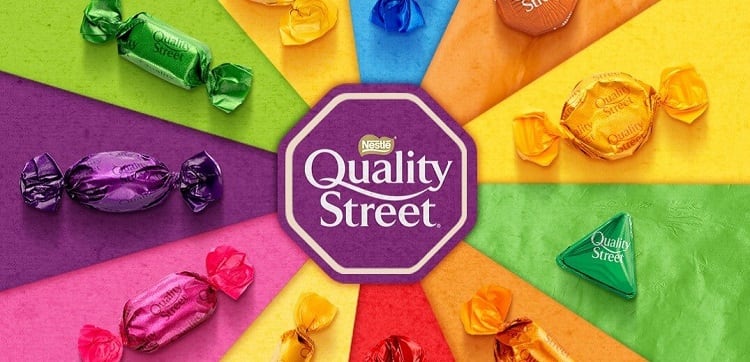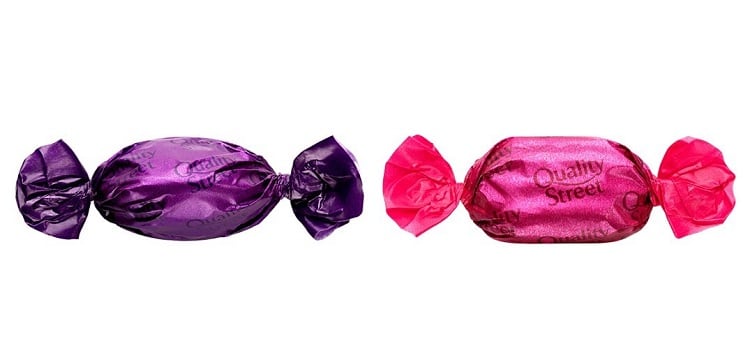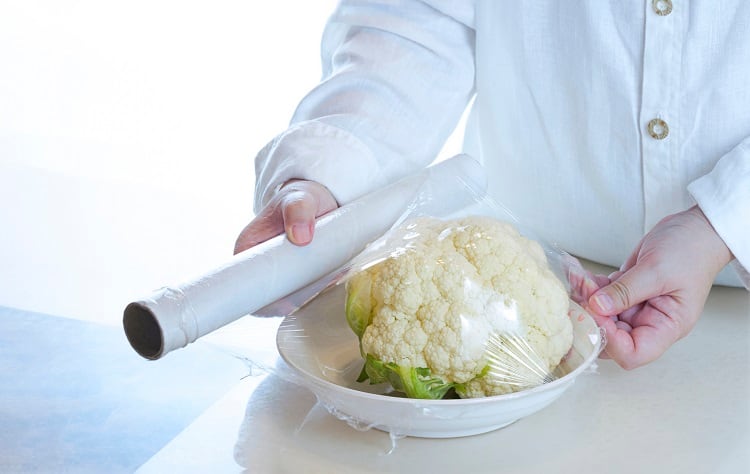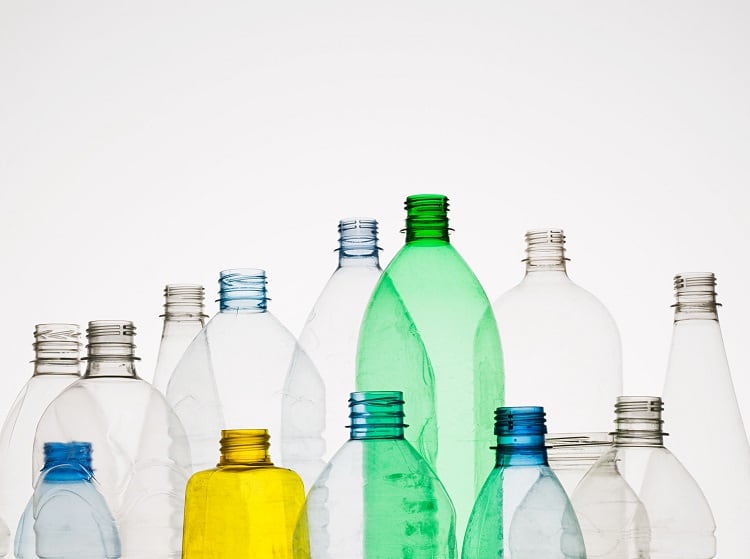When Nestlé’s popular confectionery brand Quality Street first launched in 1936, it used the ‘world’s first’ twist-wrapping machine to ‘revolutionise’ the way chocolates were manufactured and sold.
Now, the Swiss food major claims to be ‘making history again’ with the introduction of paper packaging for its Quality Street range. Globally, the brand is replacing its dual foil and cellulose wrappers with recyclable FSC-certified paper packaging.
Vegetable-based coating barrier
The new packaging was developed by teams at Nestlé’s Confectionery Research and Development Center in York, UK, and the Swiss-based Nestlé Institute of Packaging Sciences.
The transition to paper required ‘extensive’ development in the engineering of new materials, coating technologies, printing techniques, and the adaptation of existing equipment.
Back in 2019, Nestlé made headlines with the development of recyclable paper packaging for its YES! snack bar range. Despite being partly developed at the same site, the recyclable paper packaging used for its Quality Street line is not the same, explained Bruce Funnell, Packaging Lead at Nestlé’s Confectionery Product Technology Centre.
“The Quality Street wrappers use a different base paper that is suitable for twist wrapping. The paper is coating on the inside with a special vegetable-based coating,” he told FoodNavigator.
This is how barrier properties have been achieved. The vegetable-based coating, Funnell elaborated, is in place to stop any oils and fats in the chocolate from transferring to the paper.
What about Orange Crunch and the Green Triangle?
Nestlé has not replaced all existing wrappers within the Quality Street range, however. Two flavours – Orange Crunch and the Green Triangle – will remain in their existing foil wrappers.
Neither flavour is twist-wrapped in cellulose, explained the packaging expert. Instead, they are ‘only packaged in a simple layer of foil’. “As this material is recyclable, it did not need to be changed.”

But if Orange Crunch and the Green Triangle’s foil wrapping is recyclable, why not roll out this packaging for all Quality Street sweets? According to Funnell, a lifecycle assessment revealed paper packaging was the best option for the environment.
“This change is about removing the non-recyclable Quality Street cellulose wrappers from our supply chain and replacing them with a recyclable alternative. The decision on the new material was informed by a detailed lifecycle assessment, which showed that paper offered the lowest environmental impacts for protecting the Quality Street sweets. However, as the Orange Crunch and Green Triangle were already packaging in recyclable material, we did not need to change their wrappers.”
Will consumers accept the new packaging?
Making the move from cellulose and foil to a new, recyclable material was no mean feat.
“The complexity of having nine different sweet shapes, produced on machines designed to run cellophane and foil, whilst being in full and continuous production, make this an extremely challenging development,” Funnell revealed.
The company is confident the change will have been worthwhile, with consumers increasingly asking for sustainable packaging. It is estimated the move will see almost 2.5 billion individual pieces of packaging material removed from Nestlé’s supply chain globally.
“We know from regular consumer feedback that people passionately want to be able to recycle their confectionery wrappers. We expect the move to fully recyclable paper to be received very positively, as it means consumers will now be able to dispose of the wrappers in their household recycling, rather than having to throw them away,” explained the packaging expert.
“We have received very positive feedback from the consumer testing carried out so far, with many people saying they prefer the new packaging to the old cellulose wrappers.”
The initiative is the most recent move by Nestlé’s to improve the sustainability credentials of its confectionery division. At the Halifax factory, where Quality Street is produced, there is zero waste to landfill. Since 2015, the brand has used only certified sustainably sourced cocoa, and Quality Street chocolate is made from milk sourced from farms in Scotland that have been part of a sustainable farming partnership with Nestlé since 2003.
Last year, Nestlé introduced recyclable paper packaging for all Smarties products. As the second Nestlé confectionery brand to make the move to paper, the company says it is a ‘major step’ in Nestlé achieving its goal of 100% recyclable packaging by 2025.




